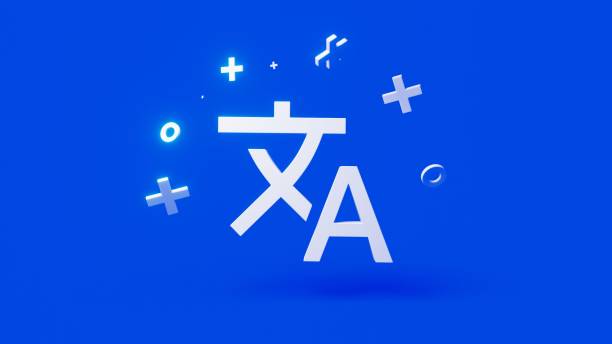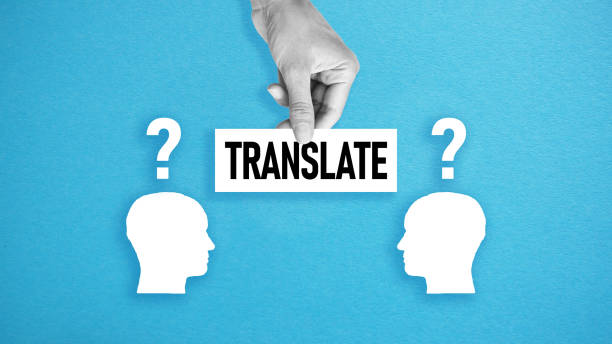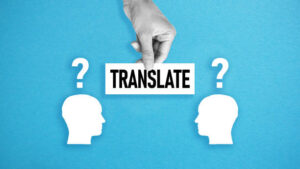How Minor Misspellings Like ‘Övrrsätt’ Reveal Big Problems in Auto-Translation
Minor typos might seem like a small nuisance—but in the world of auto-translation, they can trigger a cascade of misinterpretation. One such case is the curious appearance of “Övrrsätt”, a misspelling of the correct Swedish word “översätt” meaning “translate.”
This article explores how such seemingly insignificant typos highlight deeper issues with modern translation software, user interface design, and linguistic AI training models.
Övrrsätt: A Typo with Real Impact
“Översätt” is a command or imperative form in Swedish, meaning “Translate!” or “to translate.” When mistyped as “övrrsätt,” it becomes an invalid term—unrecognizable to both native speakers and machines.
Why is this misspelling common?
- Key repetition: Extra “r” key presses due to fast typing or autocorrect errors.
- Mobile inputs: Tiny keyboards increase error frequency.
- AI correction flaws: Language models may fail to flag the mistake because it’s close to a valid word.
Machine Learning Blind Spots
Modern translators like Google Translate use neural machine learning. These systems:
- Analyze context, not individual spelling.
- Depend on huge corpora of clean data, which rarely includes frequent typos.
- Sometimes ‘hallucinate’ meanings, producing surprisingly wrong translations.
For example, inputting “övrrsätt” might return odd suggestions like “overwrite” or just “översätt,” depending on the tool used.
The Larger Problem in Auto-Translation
Auto-translators:
- Don’t always prompt spelling corrections
- Can’t distinguish between dialectical variants and typos
- May propagate errors across multilingual contexts (e.g., mistaking a Swedish typo for a Norwegian word)
This becomes dangerous in fields like:
- Legal translation: Typos could invalidate a clause.
- Medical instruction: A misinterpreted command could risk lives.
- Academic research: Mistranslations reduce credibility.
User Education & Platform Responsibility
Users can reduce risks by:
- Enabling spellcheck for source languages
- Verifying with secondary tools like DeepL or WordReference
- Consulting native speakers or forums (like WordReference or Reddit’s r/translator)
On the platform side:
- Translation tools need better typo handling logic.
- Fuzzy matching algorithms could help find intended meanings.
- Contextual suggestions should be provided instead of silent failures.
Conclusion
The tiny typo “övrrsätt” teaches a big lesson: even slight mistakes can break the flow of automated communication. The future of translation tools must include robust typo recognition, better user feedback systems, and hybrid human-AI workflows to maintain accuracy in our multilingual world.
Also Read: Lost in Transliteration: Why ‘gthtdjxbr’ Actually Means ‘Translator’














Post Comment